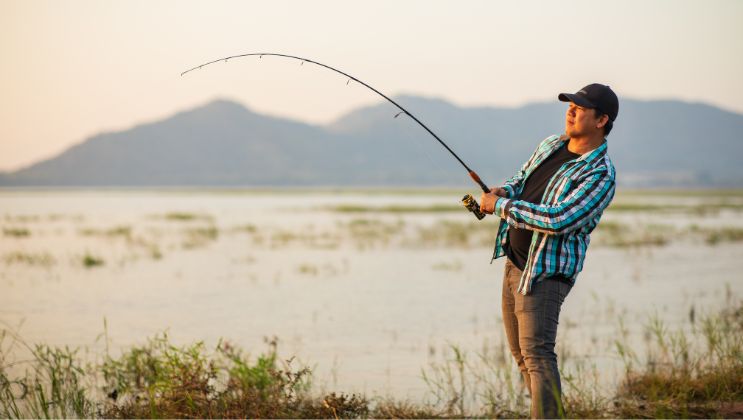5 Tips for Catch and Release Fishing in Manitoba

For many anglers, the thrill is in the chase: they have no intention of taking their catch home to become dinner. When they catch a fish, they snap a quick picture, take some measurements, weigh their catch, and release it back into its habitat. The intent is to ensure the fish survives to grow and breed, preserving its species and fishing opportunities for other anglers.
Manitoba, Canada boasts some of the finest and most remote fishing spots in the world. Premier Canadian fly-in fishing lodges, like Gangler’s in northern Manitoba, are known for access to remote areas, exceptional fishing, and luxurious hospitality.
Here are five tips for catch and release fishing in Manitoba that ensure a great fishing adventure and support vibrant fish populations that make Manitoba an angler’s paradise.
If You’re Not Going to Eat It, Put It Back: Sustainable Fishing
Catch and release is more than a fishing technique; it’s a commitment to preserving the natural balance of Manitoba’s waterways. By releasing your catch back into the wild, you’re preserving that fish population, one catch at a time. A 20 lb. Northern in these waters can be 20 years old, a trophy lake trout almost double that. Catch and release is critical to preserving these rare pristine fisheries.
Manitoba fishing regulations limit the number of fish of various species anglers are allowed to catch. These regulations may allow for fresh-cooked shore lunches, a Canadian fishing tradition, but restrict the size and number of fish anglers may permanently remove from the water.
Use Barbless Hooks Without Live Bait
Barbless hooks reduce the injury to the fish during capture, enabling easy removal from the fish’s mouth.
If you find yourself in a situation where the hook is stuck deep in the fish’s mouth, cut the line. Fish have a better chance of survival with the hook left inside to decompose than they do after sloppy efforts to remove it from their critical body parts.
Protect the Head and Eyes
When you net a fish to pull into your boat, protect its head and eyes. This prevents physical damage and reduces the fish’s stress, making the release as smooth as possible. A safe release today means a healthy catch tomorrow! Many years ago many anglers would grab a pike by its eyes to stun it and handle it without thrashing. Over time it was discovered this method could badly stun or kill the fish. Never do this.
Don’t Keep a Fish out of the Water Longer Than 10 Seconds
If you’re taking a photo or admiring your catch, keep it brief. A good rule of thumb is not to keep the fish out of water for longer than ten seconds. If you need to retake your picture or measure and weigh your fish, give it breaks by dipping it back in the water until you’re ready to proceed. Quick and efficient handling ensures the fish remains healthy upon release.
Allow the Fish To Revive Facing Upstream
If fishing a river or creek, give your fish the best shot at a strong recovery by holding it facing upstream, allowing water to flow through its gills. Don’t swish it around—just let the water flow through it. This helps the fish regain its strength and orientation, ensuring it swims off into the comfort of its habitat.
Always Touch the Fish With Wet Hands
Wet your hands before handling fish. This protects the fish’s delicate slime coat, a crucial barrier against infection and disease.
By following these tips for catch and release fishing in Manitoba, you’re actively contributing to the conservation of its incredible aquatic inhabitants.
